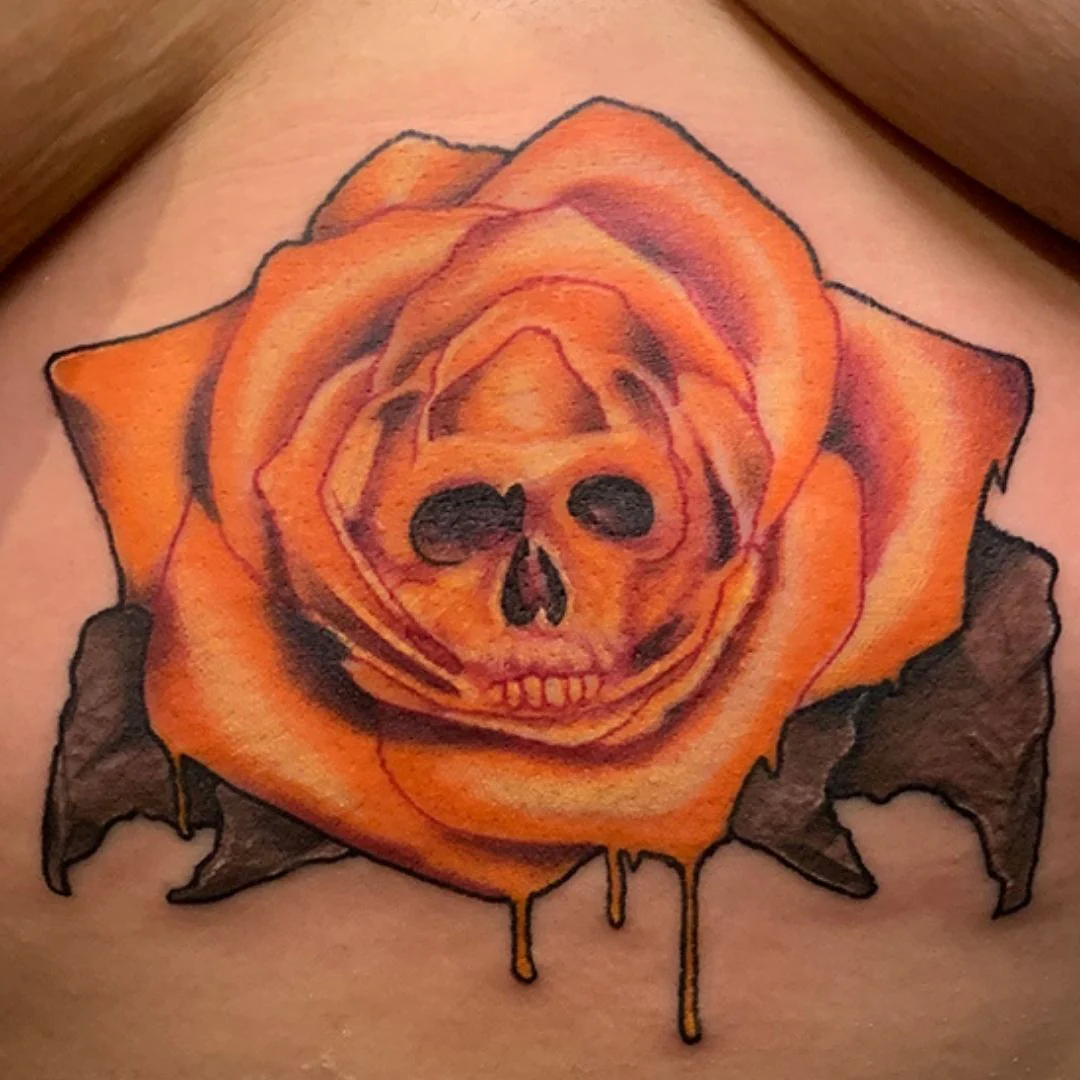Skull tattoos have remained a bold and compelling choice in body art for decades. While once associated primarily with rebellion and danger, skull imagery has evolved into a symbol of transformation, strength, and the delicate balance between life and death. Today, skull tattoos are as diverse in meaning as they are in design, making them a popular choice for tattoo enthusiasts worldwide.
Symbolism Behind Skull Tattoos
Contrary to their grim appearance, skull tattoos often carry deep personal meaning. Some of the most common interpretations include:
- Mortality and the cycle of life: Skulls remind us that life is fleeting and death is inevitable. For many, wearing a skull tattoo is a way to honor life’s impermanence.
- Strength and survival: A skull can represent someone who has faced hardship or trauma and come out stronger. It symbolizes overcoming death or extreme challenges.
- Rebellion and freedom: Skulls have long been linked to counterculture movements, including punk rock and biker culture, where they represent nonconformity and living life on one’s own terms.
Popular Skull Tattoo Styles
Artists have reimagined skulls in countless ways, allowing for creative expression across a range of tattoo styles:
- Realistic skulls: These highly detailed tattoos often look like they were lifted from anatomy textbooks. They are ideal for showcasing the artist’s skill and the wearer’s appreciation for realism.
- Sugar skulls: Originating from Mexico’s Día de los Muertos (Day of the Dead), these vibrant, decorated skulls honor deceased loved ones and celebrate life rather than mourn death.
- Neo-traditional and old school: These styles use bold lines and bright colors to create stylized skulls, often accompanied by roses, daggers, or fire.
- Geometric skulls: By blending skull shapes with modern, abstract patterns, geometric skull tattoos give a futuristic and edgy look.
Cultural and Historical Roots
Skull imagery is present in many cultures and has carried varied meanings across time:
- In ancient civilizations, skulls often symbolized power and protection. Some warriors wore skull motifs to intimidate enemies and invoke spiritual strength.
- In European art, skulls appeared in “memento mori” paintings, which reminded viewers of their mortality and the need to live a virtuous life.
- In modern pop culture, skulls appear everywhere from fashion to film, reinforcing their status as enduring and versatile symbols.
Placement and Personalization
Skull tattoos can be adapted to fit almost any part of the body. Common placements include the arm, shoulder, chest, and back. Small skull tattoos may sit subtly on the wrist or behind the ear, while larger designs can span a sleeve or cover the torso.
Personal touches—such as adding meaningful symbols, names, dates, or even blending animal skulls—allow wearers to make their skull tattoo truly unique.
Conclusion
Skull tattoos offer a rich blend of aesthetic appeal and symbolic depth. Whether you view them as a tribute to life’s fragility, a badge of strength, or a bold form of self-expression, skull tattoos carry a timeless and universal message: life is short—live it with meaning.

Leave a Reply